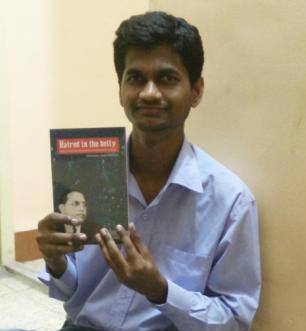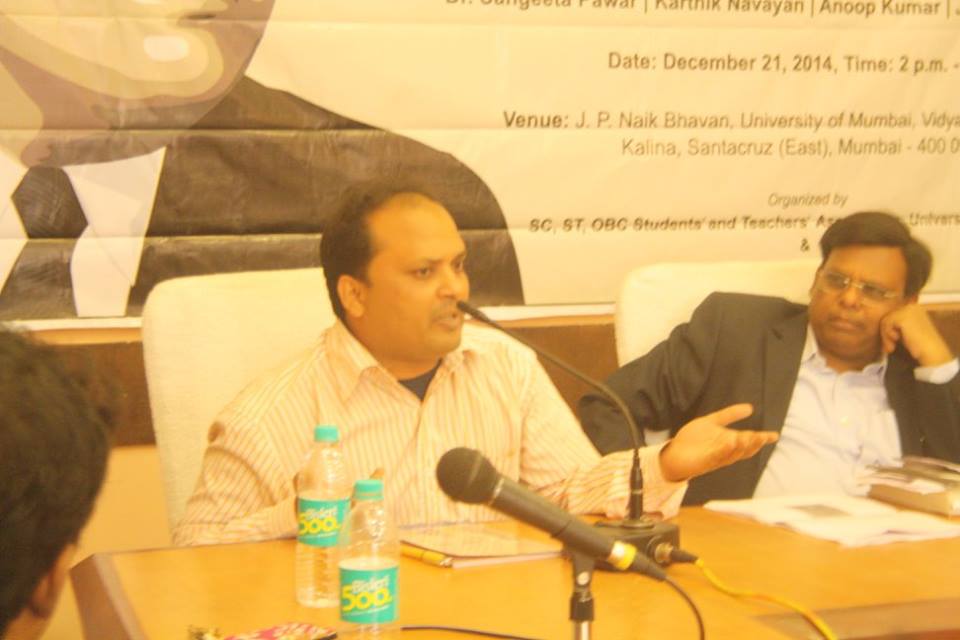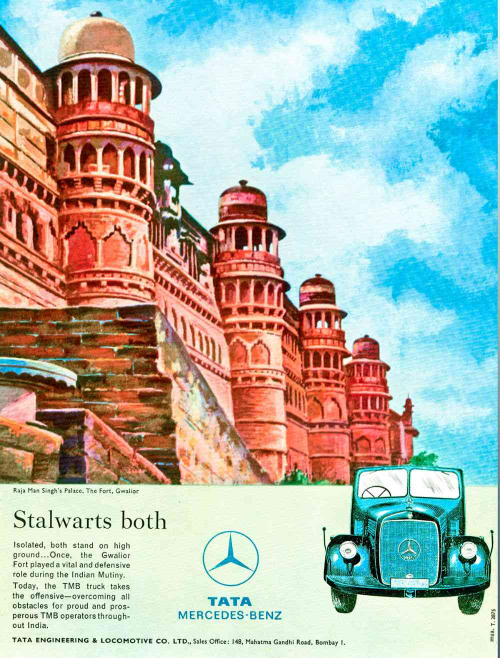Tejas Harad
 In 2016, famous Indian author Chetan Bhagat published a novel called One Indian Girl. This book was criticised by some women because the book’s narrator, who is also its protagonist, is a woman. Bhagat, even though a man, is within his rights to have a woman narrator in his novel. But it is unfair to say that he cannot be criticised for the same. It is one thing to not let someone publish a book or ask for its ban after publication, and another to criticise someone for writing a particular book. There is a reason why academic criticism from the angle of ‘identity’ (in this case gender) has increased over the decades.
In 2016, famous Indian author Chetan Bhagat published a novel called One Indian Girl. This book was criticised by some women because the book’s narrator, who is also its protagonist, is a woman. Bhagat, even though a man, is within his rights to have a woman narrator in his novel. But it is unfair to say that he cannot be criticised for the same. It is one thing to not let someone publish a book or ask for its ban after publication, and another to criticise someone for writing a particular book. There is a reason why academic criticism from the angle of ‘identity’ (in this case gender) has increased over the decades.
Men wrote androcentric literature. Women were invisibilized and silenced. They were not allowed to write, their contributions were erased, and they were stereotyped and derided in literature. The contribution of Savitribai Phule is still not acknowledged outside Ambedkarite movement. When Tarabai Shinde’s tract A Comparison between Women and Men was published in 1882, she faced immense backlash. George Eliot aka Mary Ann Evans had to write under a male pen name. Women still do not easily find a place in shortlists of book prizes. Therefore, if Chetan Bhagat, known for his sexism, is criticised for writing a book from a woman’s point of view, it shouldn’t come as a surprise.
Today, marginalised groups are fighting various kinds of oppressions — from patriarchy, race, caste, heteronormativity to ableism. Oppressed groups are using the same identity relations that are the cause of their exploitation, for offering a wholesome analysis of social structures. So ‘identity’ becomes the primary tool through which they view the world, understand relations of production and forces of production, understand their oppression, and also challenge it. Identity politics intends to achieve three main immediate objectives: one, unity of the oppressed on a given identity axis — such as caste — through raising consciousness; two, increased representation in various spheres of society; and three, the power to define themselves.
Whenever the oppressed criticise knowledge production through the lens of identity, we hear the “free speech” argument. “One should be allowed to write on whatever topic they want. After all, more the voices the merrier!” But what this argument misses is the unequal playing field. Brahmins have easier access to newspapers, magazines, news websites, TV channels and publishing houses. Therefore, there are more Brahmins talking about every issue in this country than any other caste group, even though Brahmins constitute only 3-4% of the population. This makes the discourse impoverished and one dimensional. The critique of Brahminism and the issues that are critical to Bahujan lives are hardly given space.
But my concern is not only the identity of the speaker but also the content of their speech. The problem is not that the speaker is a Brahmin. The problem is that Brahmins have historically erased, silenced, misrepresented and stereotyped non-Brahmins; and they have monopolised spaces of discussion and literary production. Oppressors routinely misrepresent the oppressed, malign them and skirt the root cause of the oppression. The binary of the “normative” and the “Other” is useful here. In this world, white cismen are the norm, everybody else is the Other. In India, Brahmin cismen are the norm, everybody else is the Other. Groups which are the norm partake in the world’s affairs without carrying any label; it is the “Others” who are reminded of their identity at every step of their existence. It is futile to expect those on the right side of the identity to understand how exactly the “Other” lives their life. However empathetic one is, one cannot fully grasp the lived reality of the “Other.” Therefore, the discussions around the speech and identity of the speaker cannot be easily dismissed.
~~~
Tejas Harad works in the copy editing department at Economic and Political Weekly. His interest lies in studying the intersection of Ambedkarism, feminism and theoretical Marxism.










